Turtle Facts for Kids
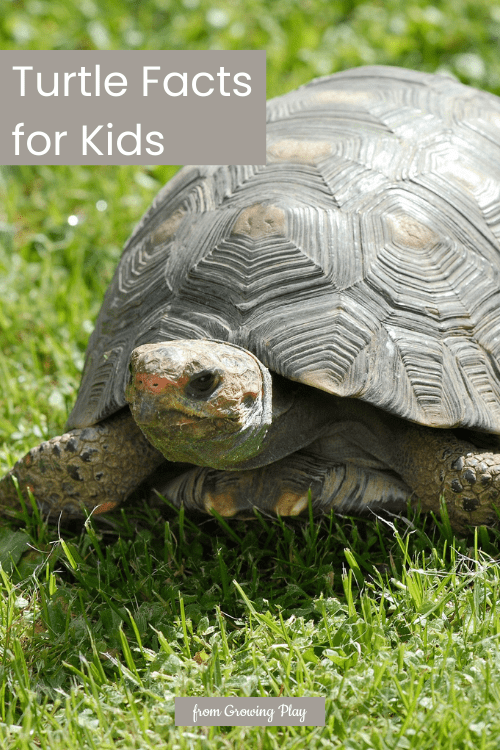
What is your favorite animal? One of my most favorite animals is the turtle. Turtles are fascinating creatures with a hard, protective shell and a shy demeanor. Turtles can live in fresh water, salt water, or even on land! There are both land turtles and marine turtles or aquatic turtles. With all these different types of turtles, I’m sure you can imagine there are several different turtle species too! From green turtles to leatherback sea turtles, to loggerhead sea turtles, to box turtles, and snapping turtles there are so many different species of turtle. We will cover them all with these turtle facts for kids, so make sure you get comfortable and get reading! BONUS: Download a FREE Turtle Printable Packet at the bottom of the post. It includes a turtle maze, turtle dot to dot, and turtle color by number PDF.
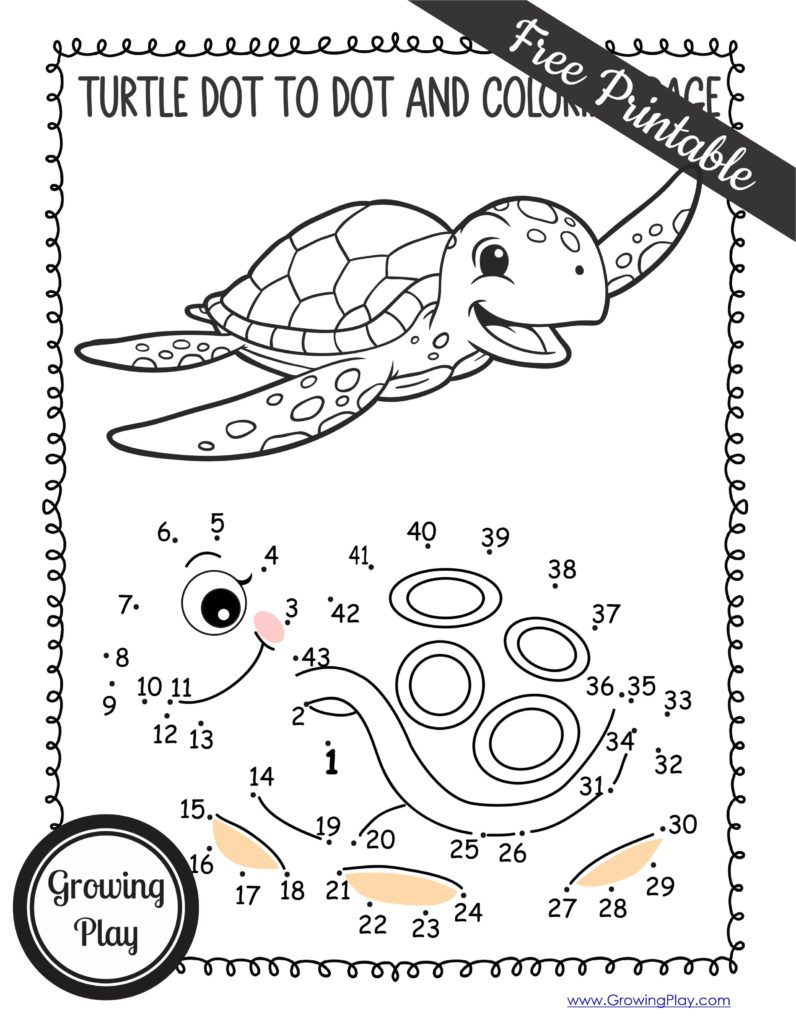
Characteristics of Turtles
1. Turtles are reptiles. Reptiles are typically characterized as being vertebrate animals with dry, scaly skin. They are also known to lay soft-shelled eggs on land. Does that sound like turtles to you? It should!
2. Turtles have a hard shell that protects them from predators and the environment. A turtle shell can hold 20 times their weight. That means, larger turtles may be able to withstand upwards of 1000 pounds of pressure!
3. Underneath their shells, turtles have dry, scaly skin similar to that of snakes, lizards, and crocodiles. Fun fact: Turtles are actually closely related to all these animals!
Turtle Facts for Kids – The Size of Turtles
4. Turtles can range in size from a few inches to several feet. The largest species of sea turtle is the leatherback turtle. They can grow up to seven feet long and weigh over 2000 pounds! That’s definitely the largest turtle!
5. The smallest turtles are the Speckled Padloper Tortoises. They weigh about 100 grams and are only a few inches long.
Turtle Shells
6. Turtles have a hard shell made up of two parts: the carapace (upper shell) and the plastron (lower shell).
7. The shells of turtles are covered in a layer of keratin, which helps to protect them from predators and parasites.
8. Turtles can also withdraw into their shells for protection, but this does not make them invulnerable to predators.
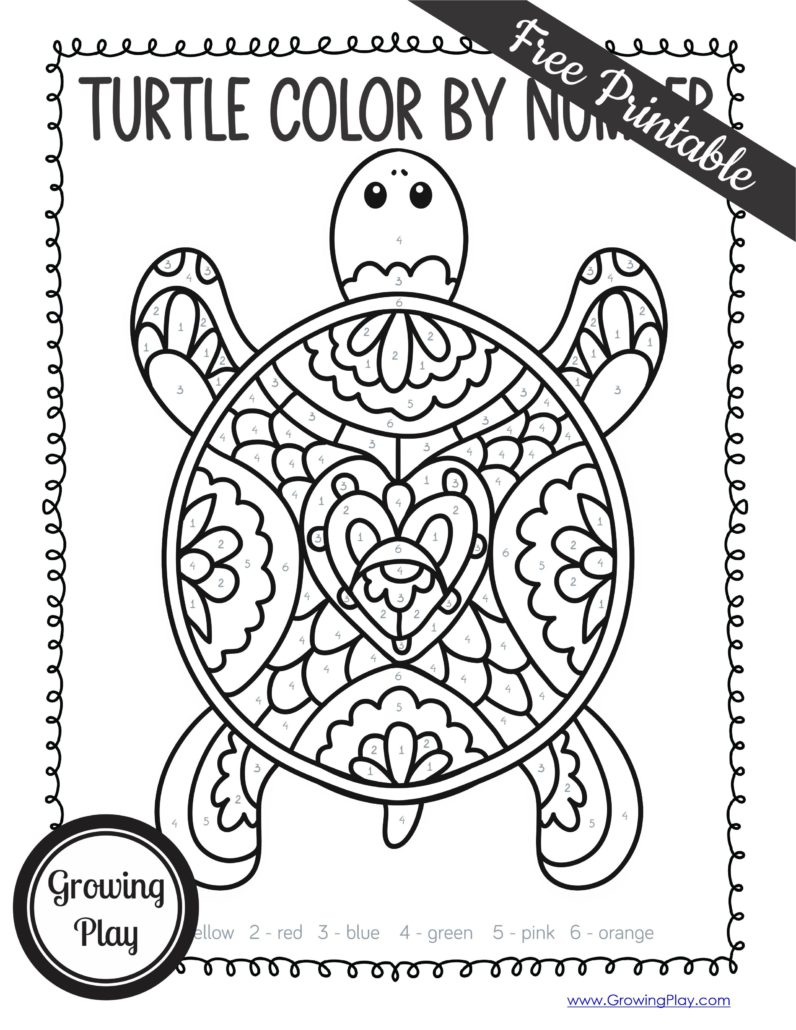
Turtle Diets and Behaviors
9. Turtles are omnivorous, meaning they eat both plants and animals. Adult sea turtles enjoy sea grasses, sea sponges, plankton, and other small ocean creatures. Land turtles will eat grass, berries, snails, and worms.
10. Turtles are often preyed upon by birds, mammals, and other reptiles. When threatened by these creatures, turtles will often bite or pinch. Watch out! Their bites can be quite painful, especially that of the alligator snapping turtle. This species of turtles has a bite force of 1000 pounds!
Turtle Facts for Kids – More Turtle Behaviors
11. Have you ever seen a turtle move? Turtles are slow-moving creatures, but they can swim fast for long distances when they need to escape predators or other threats.
12. Some turtles can be quite vocal, making grunting, hissing, or whistling noises. This is thought to be a form of communication between other turtles. Do you have any idea what they are saying?
Turtle Habitats
13. Turtles are found on every continent except Antarctica. They are also found in many lakes, rivers, and oceans including the Pacific Ocean and Indian Oceans. Are there turtles near where you live?
14. Believe it or not, turtles are becoming very popular pets. They are low-maintenance and not to mention, super cool! Would you ever want a pet turtle?
Turtle Facts for Kids – Turtle Reproduction and Lifespan
15. Turtles are oviparous, meaning they lay eggs. Turtle eggs range in size from a couple centimeters to over five centimeters. Female turtles will typically dig a hole in the ground to lay their eggs in.
16.These tiny eggs hatch into baby turtles called hatchlings. The hatchlings will then dig their way out of the hole and in the case of baby sea turtles, they will crawl towards the water.
17. Turtles have a long lifespan, with some species living for over 100 years! The giant tortoise is the longest living turtle species. One tortoise, nicknamed Jonathon, turned 190 this year!
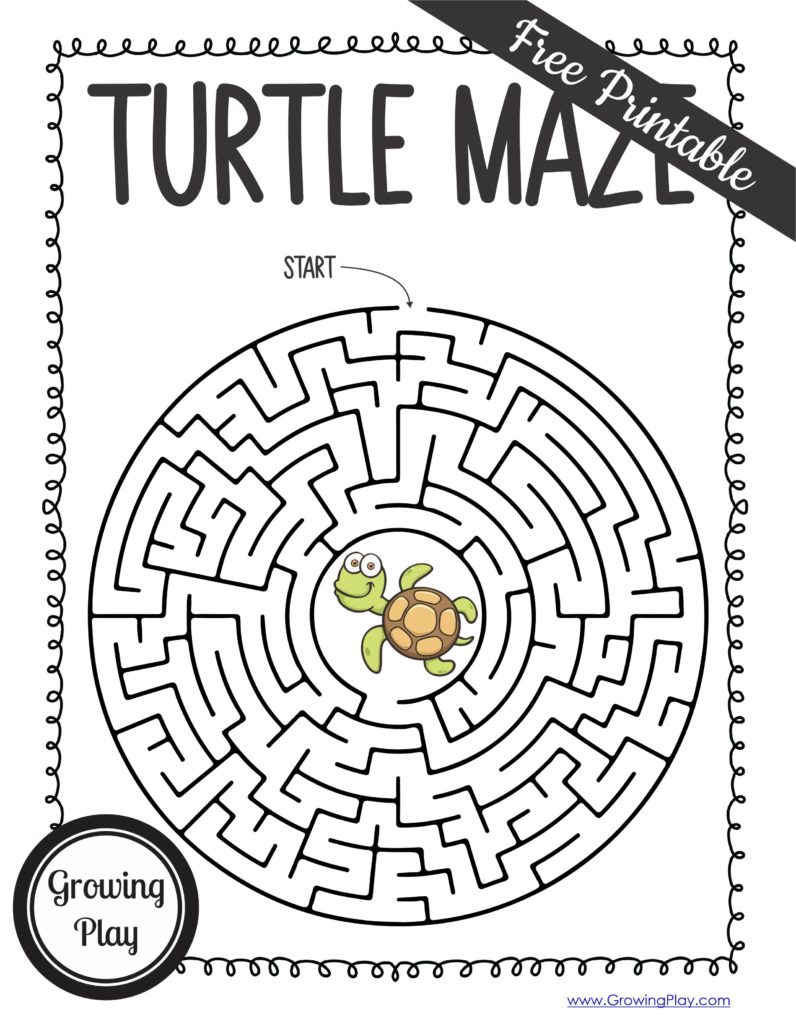
More Turtle Fun Facts
18. Turtles are cold-blooded and ectothermic animals, meaning their body temperature changes with the temperature of their surroundings. For example, if the temperature of the sand is very hot or there are higher temperatures outside, turtles may decrease their body temperature. In lower temperatures, turtles may warm up their bodies. How cool is that?
19. Turtles hibernate during the winter months in order to conserve energy.
20. Turtles have excellent eyesight and can see both in water and on land. They also have a keen sense of smell, which helps them find food and avoid predators.
21. Turtles play an important role in cultural and religious traditions around the world. They are also commonly portrayed in television and movies including Finding Nemo and the famous Teenage Mutant Ninja Turtles. Which ninja turtle is your favorite?
What Did you Learn?
Whether you like searching for turtles in the water or just enjoying them on the television, you can’t deny the beauty of turtles. They are truly fascinating creatures with very interesting characteristics and behaviors. What did you learn about them?
Download your FREE Turtle Activity Printable Pack
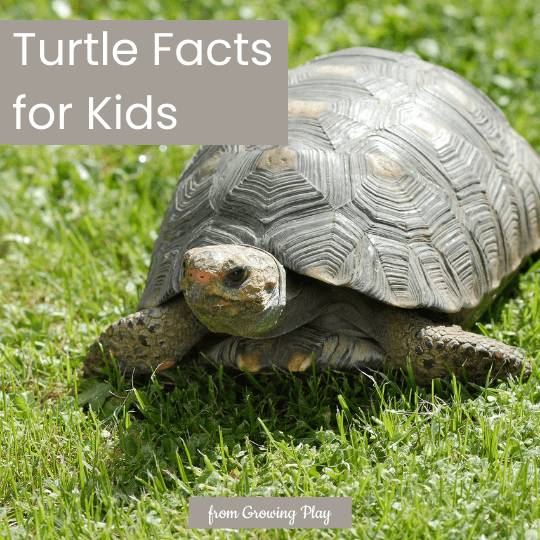
WANT MORE FUN FACTS FOR KIDS?
Check out these fun facts for kids here and browse all the other topics at the bottom of the post.


